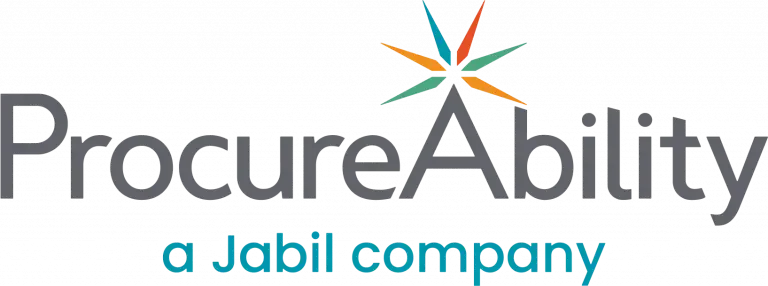Intense inflationary pressure was the most significant challenge procurement leaders had to grapple with in 2022–and even if 2023 sees some relief as anticipated, inflation will remain an ongoing challenge to address.
Severe supply-and-demand imbalances will take time to smooth out as the world continues to recover from the pandemic and other developments. However, it’s also the case that individual components of the consumer price index and other measures of inflation have very different trajectories. Consider the performance of metals this year. At one extreme, we saw cold-rolled steel prices plunge 28% percent at the end of 2022. On the other end, high-grade aluminum prices surged 8.8% percent.1
Given this extreme market volatility, procurement organizations have found themselves on the receiving end of repeated supplier price increases. This two-part ProcureAbility Insights series will help procurement leaders to ease the current pressure they may be feeling. Here, in Part One, we’ll discuss how collaboration and increasing cost awareness across organizations can give procurement teams more power. In our companion piece, you’ll find specific ways of managing and mitigating inflationary risk once that information is available.
Working across functions
As a department responsible for leveraging the collective strength of the organization, procurement has a unique opportunity to work closely with other business units, such as finance, engineering, and operations.
Collaboration between different parts of an organization and its external suppliers can help create transparency regarding spending. Partnering together allows a better understanding of how individual cost components impact the overall price. This drives more successful negotiations with suppliers and a better understanding of where savings can be captured.
For example, partnering with operations to determine if there is sufficient inventory to engage in elastic purchase timing or collaborating with engineering to unify product specifications can allow for a more proactive approach to purchasing within market volatility.
Strategy for success: Deconstructing the RFP
Requests for Proposals (RFPs) are an ideal proving ground for organizations to collaborate and increase price transparency. When developing an RFP, think about structuring it in a way that gives insights into the unpredictable market. This can be done by deconstructing the RFP into various cost elements, such as raw materials, labor, shipping, profit, overhead, and other factors that impact the cost of goods and services. Strategically deconstructing the RFP will give procurement teams a better understanding of where costs originate from and how they can be reduced.
To capitalize on cost-saving opportunities, organizations should create and maintain an internal record of supplier quotations by each expense category. This will help them identify which types of spending can be subject to price fluctuations and devise suitable strategies accordingly. Furthermore, they must review these high-impact levers actively during future negotiations or routine business reviews to encourage a collaborative dialogue aimed at discussing any visible market patterns—as well as their possible consequences.
Procurement benefit: Stronger supplier visibility
One of the most significant advantages of this strategy is that it creates improved visibility into the depths of your supply chain. As you gain more transparency in suppliers’ cost structure, you can also discover ways to reduce those costs. Additionally, this collaborative effort helps nurture stronger relationships with suppliers as it demonstrates an interest in understanding their business and working together for mutual benefit. This strategy can also improve supplier performance as they are given more visibility into the organization’s expectations and how they can successfully and efficiently meet them. By utilizing this approach, you can experience a range of immediate advantages including the forging of stronger ties with suppliers, improved comprehension of cost data and more effective usage resources.
- Review and update the RFP process to provide greater visibility into cost components
- Implement internal and external supplier communications strategy that promotes the value of collaboration and transparency
- Train the procurement team on how to leverage this information
- Implementing and monitoring for adherence to the communications strategy
- Open and collaborative business reviews to reinforce procurements vision for transparency and collaboration
- Developing a rich repository of supplier information and feedback that can be analyzed and leveraged to continually create efficiencies
Longer term, these practices can be reviewed to improve their effectiveness and ensure that suppliers are adhering to the established policies to help manage the spend in inflationary times.
Organizations must take a proactive role and practice risk management for successful control of the budget during inflationary periods. In our Part Two of our Insights, we will explore how to recognize potential risks related to unstable market climates and suggest strategies on keeping your business’s financial health intact in these trying times.
Sources
1Fastmarkets, December 2023




